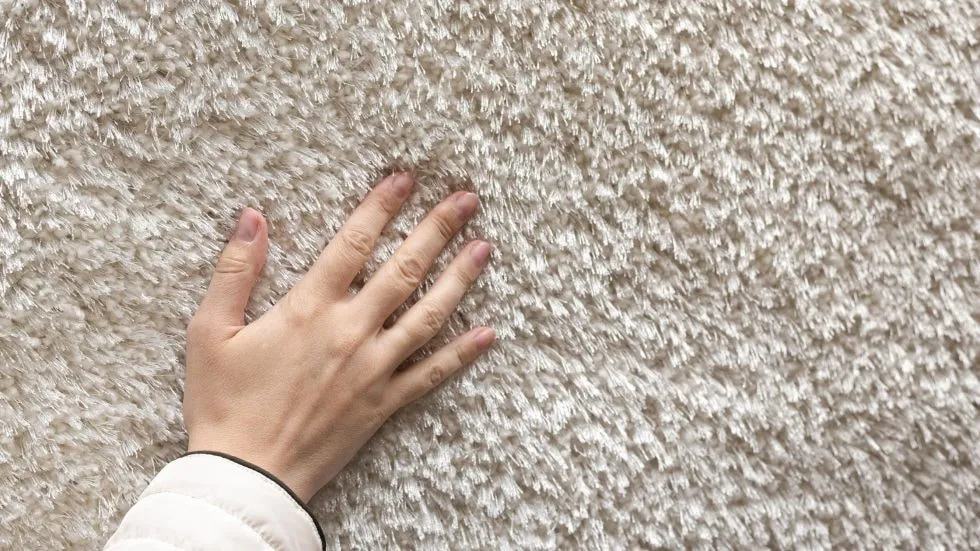New carpet has the power to completely transform your home. From extra coziness to a fresh new look, it’s an upgrade that brings both comfort and style. But what exactly happens during the carpet installation process? Whether you’re brand new to this or need a refresher, here’s a step-by-step guide to help you understand what to expect and prepare.
What to Expect During the Carpet Installation Process
A smooth carpet installation process starts with proper preparation and ends with your new carpet fit perfectly into your home. Here’s an overview of the steps typically involved.
1. Arrival of the Installation Team
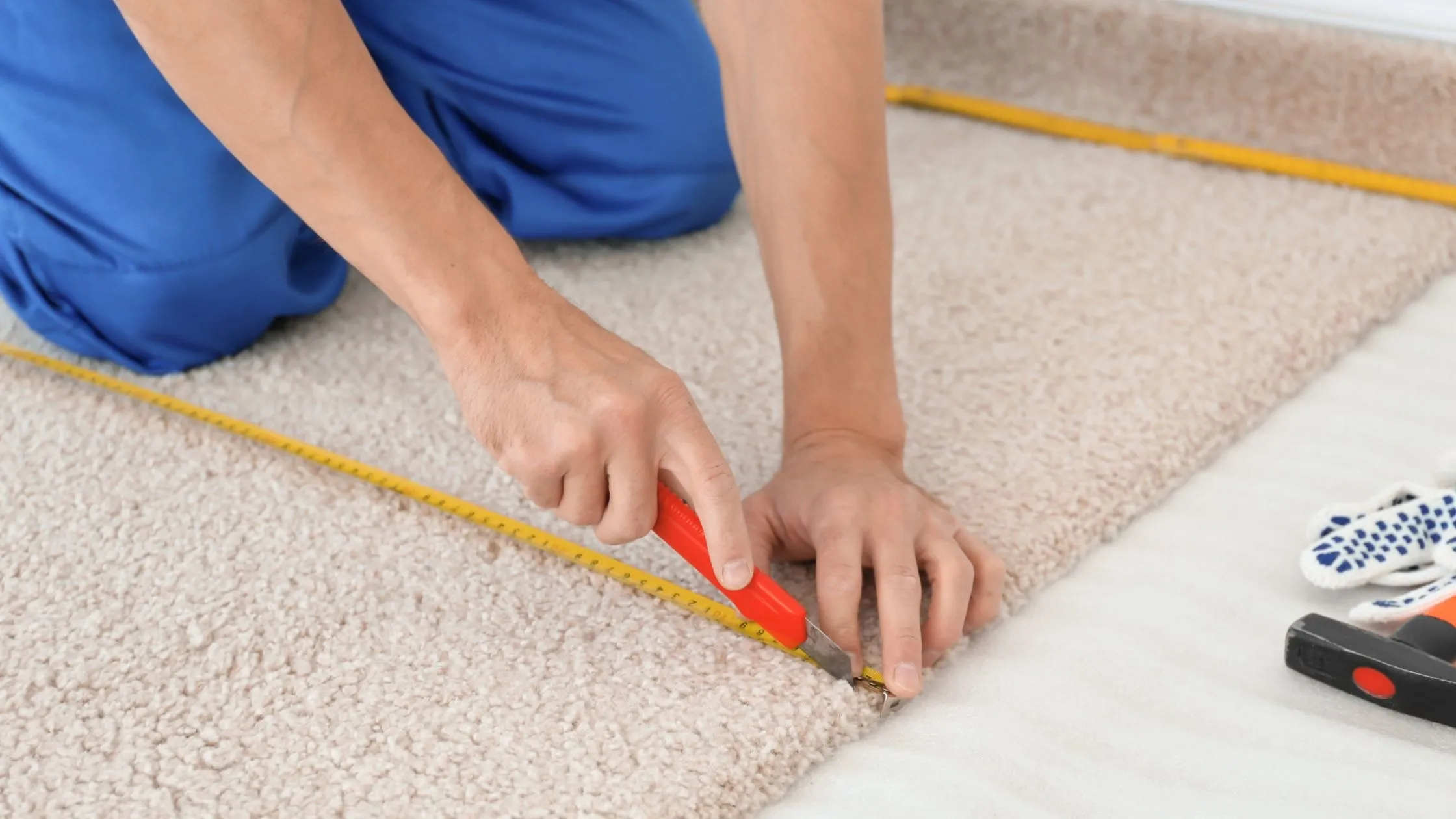
Your professional installation team will arrive on time, ready to get to work with all the specialized tools required for a seamless carpet installation. These include a knee kicker, power stretcher, seam rollers, carpet cutters, and knee pads for added comfort during the process. Having furniture moved out of the way in advance will allow the team to start right away, ensuring an efficient and hassle-free experience.
Quick tip: If you haven’t moved furniture already, discuss this with your installers ahead of time; some may offer furniture-moving services for an added fee.
2. Preparing the Space
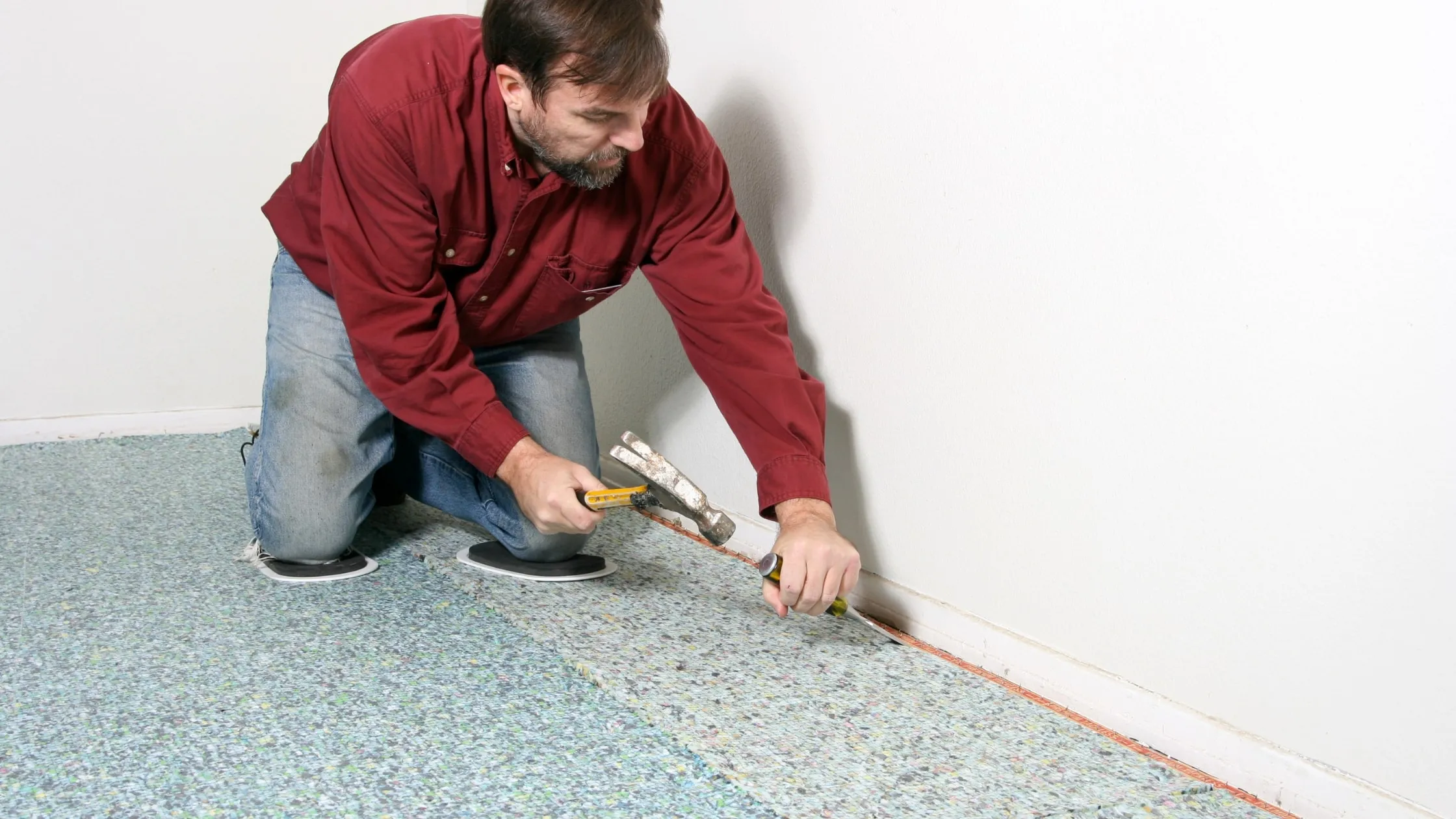
Before the installation team begins, they will ensure the room is fully ready for the process. This includes clearing the area of any obstacles such as furniture, floor vents, or other items that may get in the way. If old carpet is present, the team will carefully remove it by detaching it from the carpet tack strips, rolling it up, and properly disposing of all the old materials. They may also inspect the subfloor beneath to ensure it is clean, smooth, and ready for the new flooring. This thorough preparation ensures the area is completely ready for the next stage of carpet installation.
Did you know? Many old carpets can be recycled. Ask your installation team about environmentally friendly disposal options.
3. Subfloor Preparation
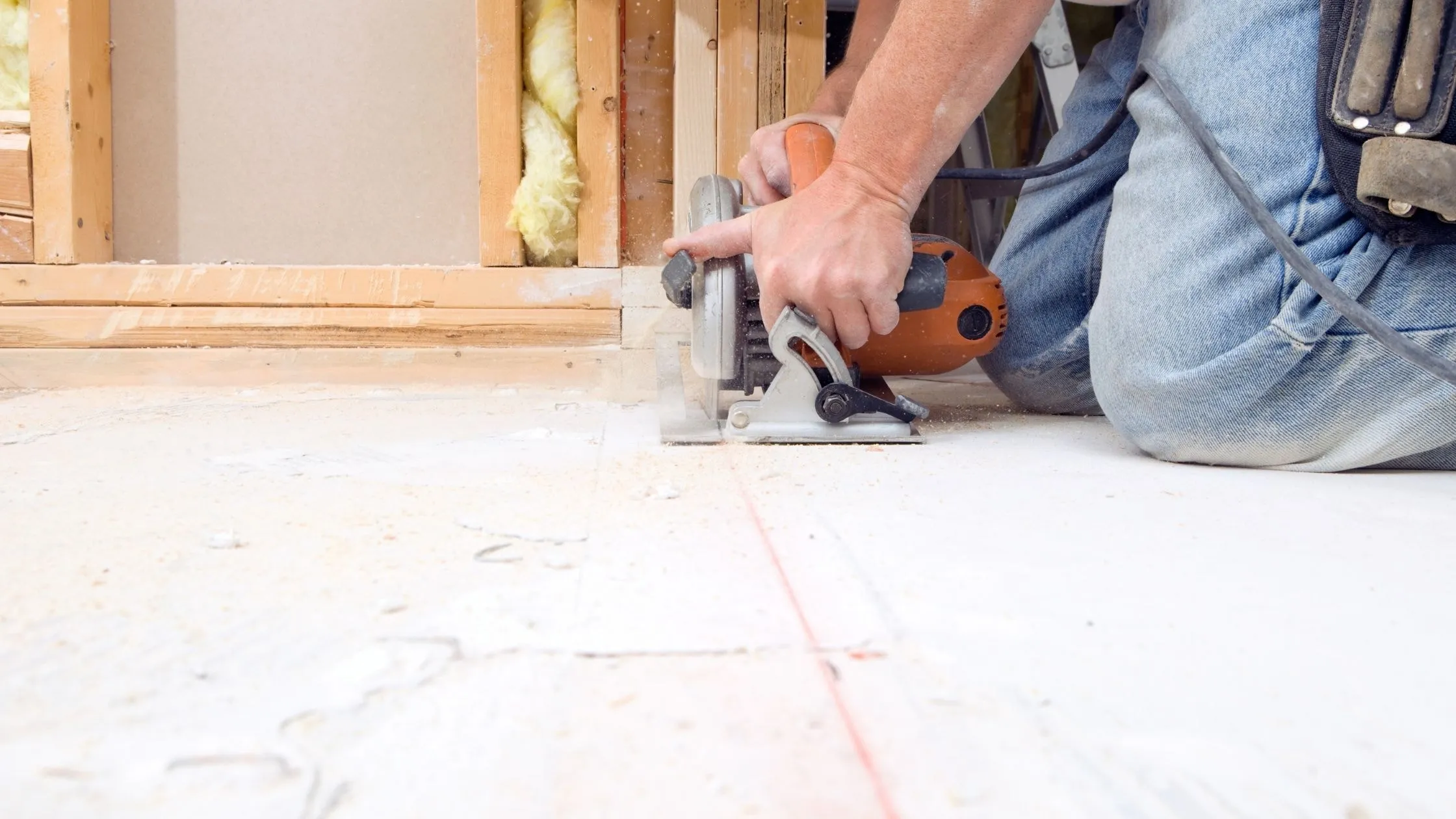
After the old flooring is removed, the subfloor is carefully inspected for signs of damage, moisture issues, or uneven surfaces. Proper subfloor preparation is essential to ensure that your new carpet, hardwood, or laminate flooring performs well and lasts for years. This step may involve cleaning, leveling, or repairing the subfloor to address any cracks, moisture barriers, or imperfections. If repairs are needed, professionals will take care of them to create the ideal foundation before moving forward with the carpet installation process.
4. Installing the Carpet Pad
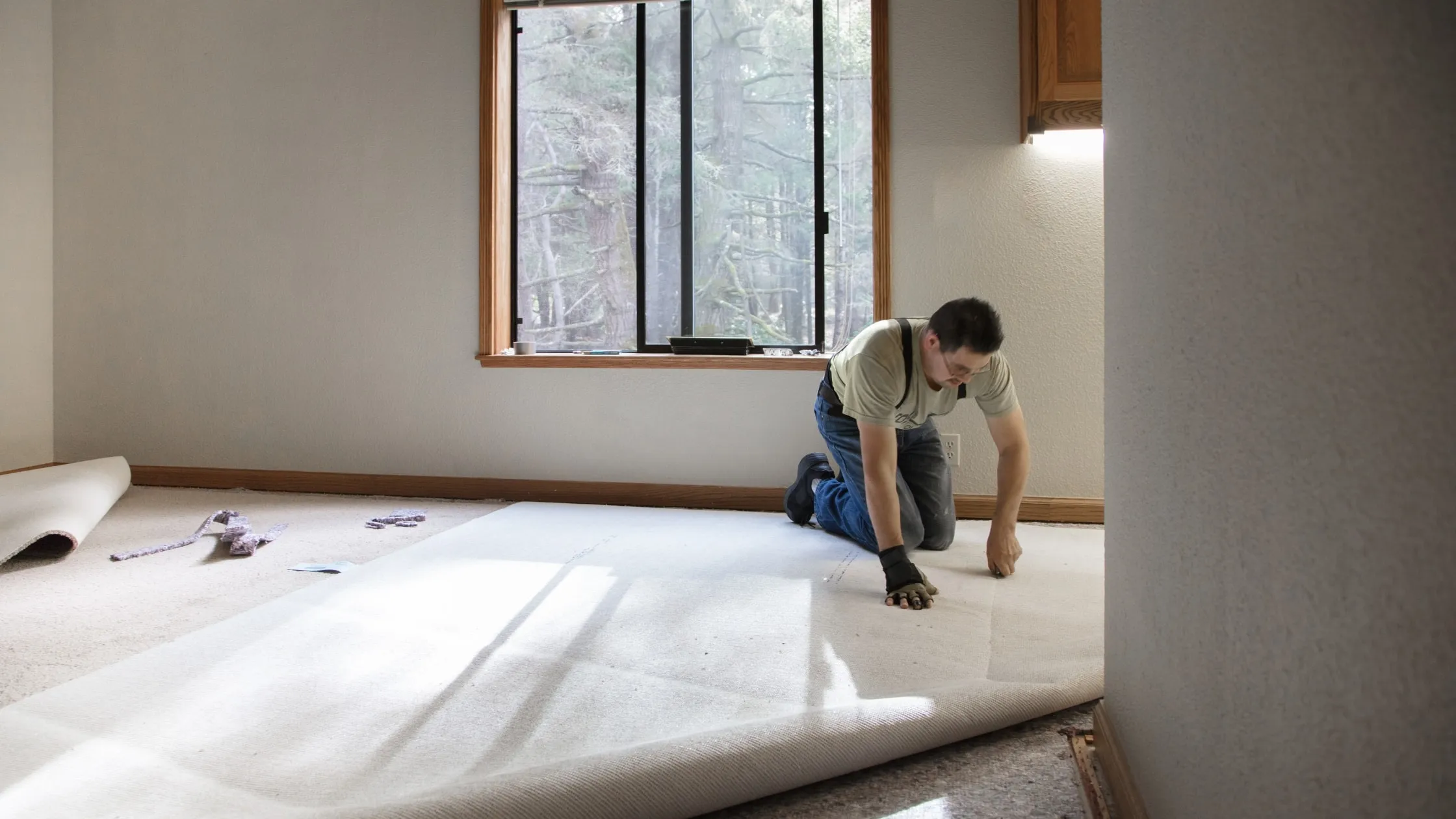
The carpet pad is carefully laid out and secured to ensure proper cushioning and insulation. This important layer not only provides added comfort underfoot but also helps extend the life of your new carpet by reducing wear and tear. The carpet pad is precisely cut to fit the dimensions of the room and is held in place using staple guns, adhesive, or tape to prevent any movement or slipping during use. A well-installed carpet pad also improves soundproofing and thermal insulation, making your space even more comfortable.
5. Laying the Carpet

Now comes the exciting part. The team will begin to lay carpet by unrolling a carpet roll across the space. Using tools like a carpet roller and power stretcher, they ensure the carpet sits flat, stretches evenly, and avoids lumps.
For areas that require seams, they’ll use seaming tape, a steaming iron, and a stair tool to join sections seamlessly. Careful attention is paid to seam placement to minimize visibility and maximize durability. The edges are then trimmed and tucked under, leaving the carpet edges clean and polished.
Quick tip: Keep a piece of excess carpet to use for future repairs or as padding in high-traffic areas.
6. Final Touches
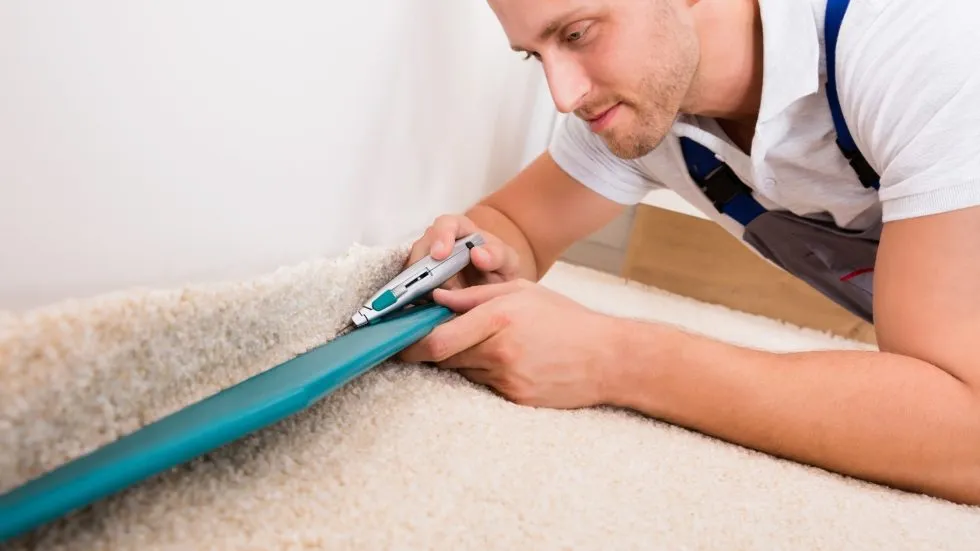
Once the carpet is securely installed in its proper place, the team will complete the finishing touches for a polished look. Any leftover material from excess carpet will be carefully trimmed away, ensuring clean and seamless walls, edges, and flooring transitions. They’ll also check and adjust doors to accommodate the added height of your new flooring, making sure everything fits perfectly.
Additionally, the team will inspect the carpet installation for any issues, ensuring your new carpet is properly aligned and secured for long-lasting durability and style.
7. Clean-Up
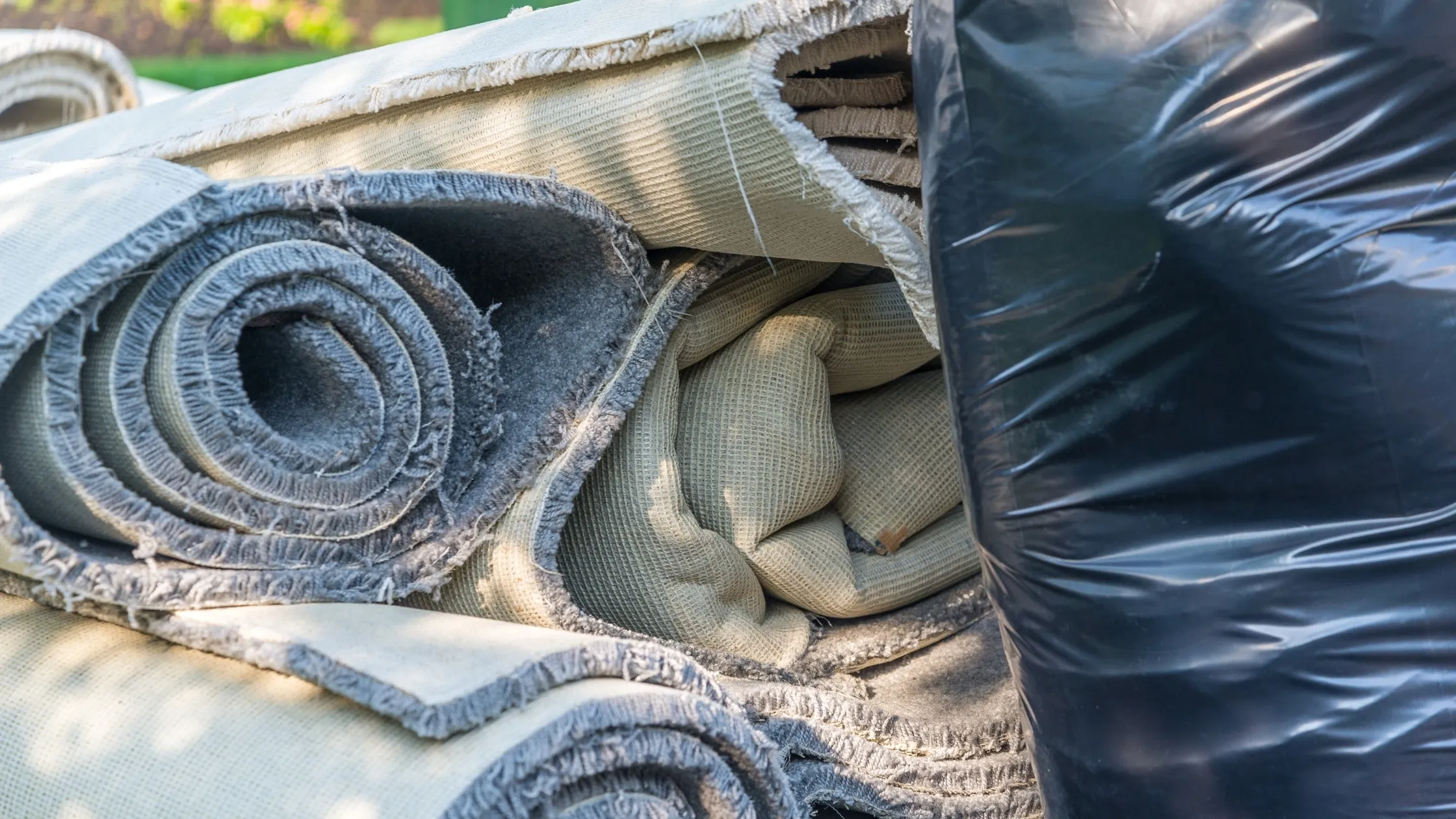
Once the installation is finished, the installers will take care of a thorough clean-up to leave your space spotless. They will vacuum the carpet to remove any dust or particles left during the process and ensure all waste materials, including the old carpet padding, scraps, and debris, are properly removed and disposed of. This final step ensures your new carpet looks perfect and your home is clean and ready to enjoy.
Did you know? Vacuuming after the installation helps get rid of loose fibers and gives your new carpet that pristine, fresh appearance.
How to Prepare for Installation Day

Take Accurate Measurements
Providing accurate square footage measurements is one of the most important steps in preparing for carpet installation. Measure the rooms carefully and double-check your calculations to avoid errors. Share these numbers with your installation team in advance to ensure they bring the right amount of material. Clear communication about the dimensions and layout of your space helps minimize delays, unexpected costs, or installation issues.
Remove Valuables and Clear the Space
Protect your fragile and valuable items by removing them from the installation area before the team arrives. This includes anything mounted on walls, such as decor or electronics, as well as any breakable objects on shelves or furniture. Additionally, clear the space of obstructions like small furniture, rugs, or objects that could be in the team’s way. Having a clean, open area allows installers to focus on their work and complete the job efficiently.
Plan for Pets, Kids, and Safety
During the installation process, keep pets and kids away from the workspace. This ensures their safety and prevents distractions for the installation team. Consider setting up a separate area for your pets or arranging childcare if needed. This will help the installers work without interruptions and maintain a safe environment for everyone involved.
Prepare for Potential Hidden Costs
Carpet installation can come with unexpected expenses, so it’s essential to plan ahead. Common additional costs may include subfloor repairs if issues like rot or uneven surfaces are discovered, excess carpet disposal fees for leftover materials, or extra charges for intricate work such as edging around corners, stairs, or custom cuts in irregularly shaped rooms. To avoid surprises, discuss these possibilities with your installer beforehand. For more insights, check out The Hidden Costs of Carpet Installation.
Confirm the Installation Timeline
Before the project begins, confirm the timeline with your installation team. Knowing how long the process will take helps you plan around the disruption and prepare your home accordingly. Some installations may take longer depending on the size of the space, the type of carpet being installed, or any unexpected complications, so make sure to factor in some flexibility.
By following these steps, you can ensure a smooth installation process and enjoy your new carpet without unnecessary stress or delays.
FAQ Section
1. Should I move furniture myself to save on costs?
Yes, moving furniture yourself can save money. However, for larger items, your carpet installation team may provide this service for a fee.
2. Will I need to install carpet tack strips?
If the existing tack strips are in good condition, they can often be reused. Otherwise, replacements may be needed to ensure the carpet is properly secured.
3. How long does it take to install carpet?
The time varies depending on the room size and complexity. A single room usually takes a few hours, while a full-house carpet installation could take a full day or more.
4. Is it better to hire professionals or do a DIY carpet installation?
Professional carpet installation ensures proper techniques, minimizing risks like uneven surfaces or exposed carpet edges. DIY installation requires specialized tools, such as a utility knife, power stretcher, and knee kicker, making it challenging for beginners. Learn more by reading The Comprehensive Guide to Carpet Installation.
5. How much does professional carpet installation cost?
The cost of professional carpet installation depends on factors like the size of the area, carpet type, and labor fees. On average, you can expect to pay between $3 and $6 per square foot for installation.
6. What tools do I need for DIY carpet installation?
For DIY carpet installation, you’ll need tools like a utility knife, knee kicker, carpet stretcher, seam roller, and measuring tape. Without these tools, achieving a professional finish can be difficult.
7. Can I install new carpet over existing carpet?
While it’s technically possible, it’s not recommended. Installing new carpet over old carpet can lead to uneven surfaces, reduced durability, and difficulties in securing the new carpet properly.
8. What should I do to prepare for a wall to wall carpet installation?
Before your wall to wall carpet installation, clear the room of all furniture and personal belongings. Vacuum the subfloor and ensure it’s clean and free of debris. Prep work is crucial to a successful installation.
9. How do I maintain my carpet after installation?
To keep your carpet looking new, vacuum regularly, schedule professional deep cleaning every 12-18 months, and address spills immediately. Proper maintenance will extend the life of your carpet.
10. Can I remove my old carpet myself?
Yes, removing old carpet yourself can save money. Start by cutting the carpet into manageable sections, pulling it up, and removing staples or tack strips. Be cautious with tools to avoid damaging the subfloor.
Keep Your Carpet Looking New
Your new carpet is an investment. Regular vacuuming and deep cleaning every 12-18 months will maintain its appearance and extend its lifespan. Pair this with high-quality padding and proper installation for optimal durability.
By following these tips and understanding the carpet install process, you can make installation day stress-free and efficient. Your new flooring will not only look amazing but will also fit perfectly into your home.

